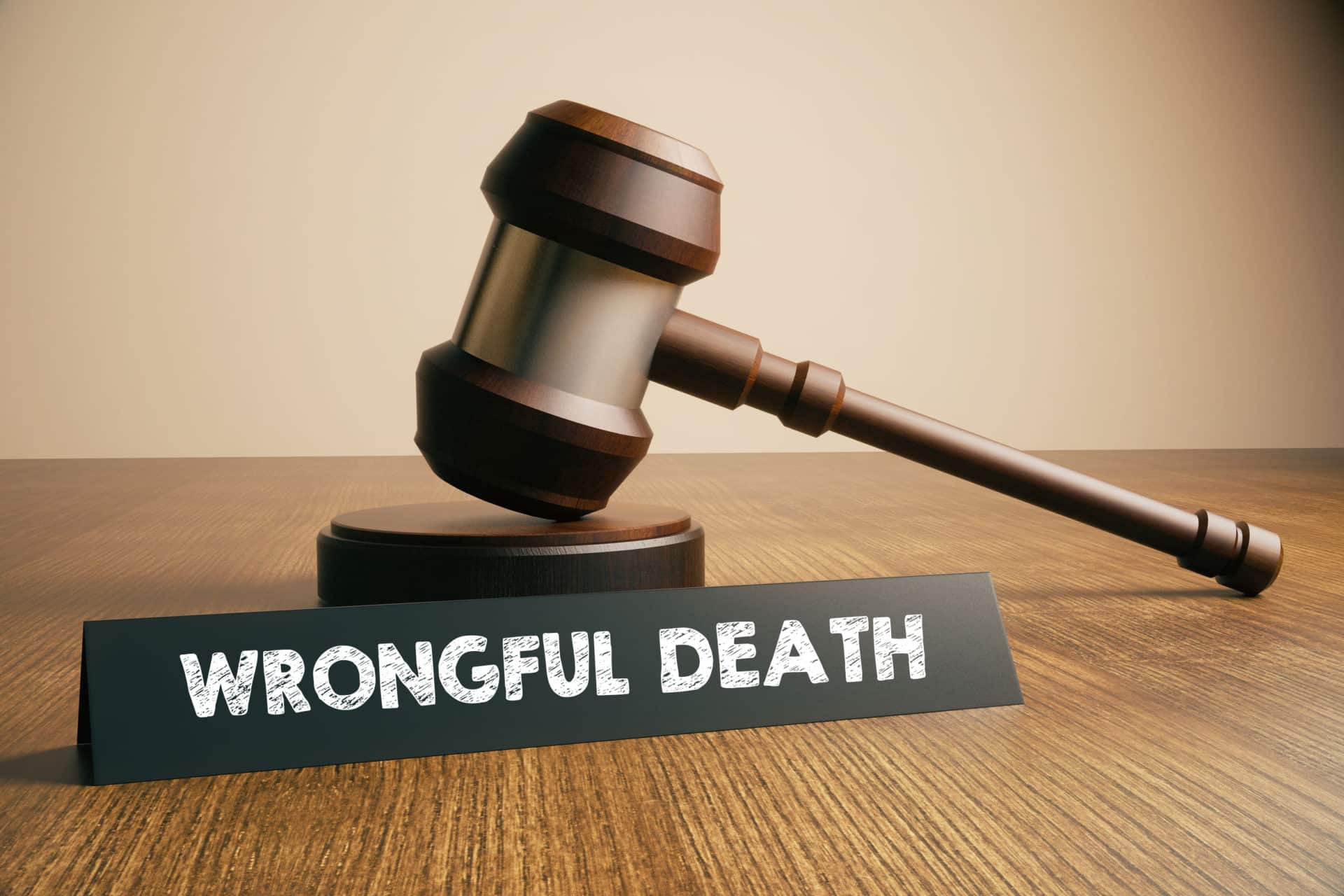Free Consultation
Free Consultation

The American legal system has plenty of laws established more than a hundred years ago. These old laws usually remain on the books because they have been proven to work.
Sometimes, though, old laws do need an update to remain relevant. That’s what New York lawmakers thought last year when they tried to change the state’s wrongful death statute.
What a New York Wrongful Death Claim Looks Like Now
Wrongful death lawsuits are designed to penalize people or corporations who cause a death through negligence or other wrongful, non-criminal conduct.
When facts prove that someone else was negligent or reckless in the incident, they may be liable for the death. In other words, if someone dies in an accident, it’s often possible to sue on the basis of wrongful death.
The purpose of the suit is to financially hold the responsible party liable, and when they have personal resources available, a wrongful death claim leads to damages awarded to the decedent’s estate.
Parents, children, and spouses of the deceased are all eligible to file a wrongful death lawsuit in New York.
The wrongful death statute was first enacted almost 150 years ago. Due to factors such as inflation and an increased number of ways a wrongful death can occur, some New York lawmakers feel the statute should include greater damages for the deceased person’s loved ones.
They suggested that wrongful death lawsuits should include a wider variety of potential damages. This would make it possible for more New Yorkers to receive the compensation they rightfully deserve. In turn, the possibility of a successful lawsuit would be a stronger deterrent against carelessness for businesses and employers.
The two bills that were introduced in June 2019 would have allowed those left behind to sue for specific new damages. The potential new damages included:
As none of these losses are easy to quantify, the bills left the amounts of monetary damages up in the air. Many other states allow these damages, so signing them into law would have simply made New York wrongful death claims equal to those in other places.
Of course, these bills did not pass.
These bills remained in committee and never made it to the floor for votes. This was in part due to how they would have affected New York companies. Should the bills have passed, they would have made it much riskier to do business in the state as well.
While these changes are still in gridlock, don’t fret. If you’ve lost someone wrongfully, you may still be eligible for the same levels of compensation.
As of today, New York’s wrongful death statute remains as it’s been since the 19th century. The possible penalties for wrongful death stand as well.
The damages that New York laws allow are:
These can still add up, even without the non-financial losses that were not passed. If during the lawsuit wrongful death is supported, then the entity liable for the death may find themselves responsible for a significant amount of money in damages.
Having someone who understands the law and precedent is essential to having a successful case, however. If you have lost a loved one to wrongful death, you only have two years to file before the statute of limitations expires.
Make sure you bring the strongest suit possible by being prepared and having help from the start.